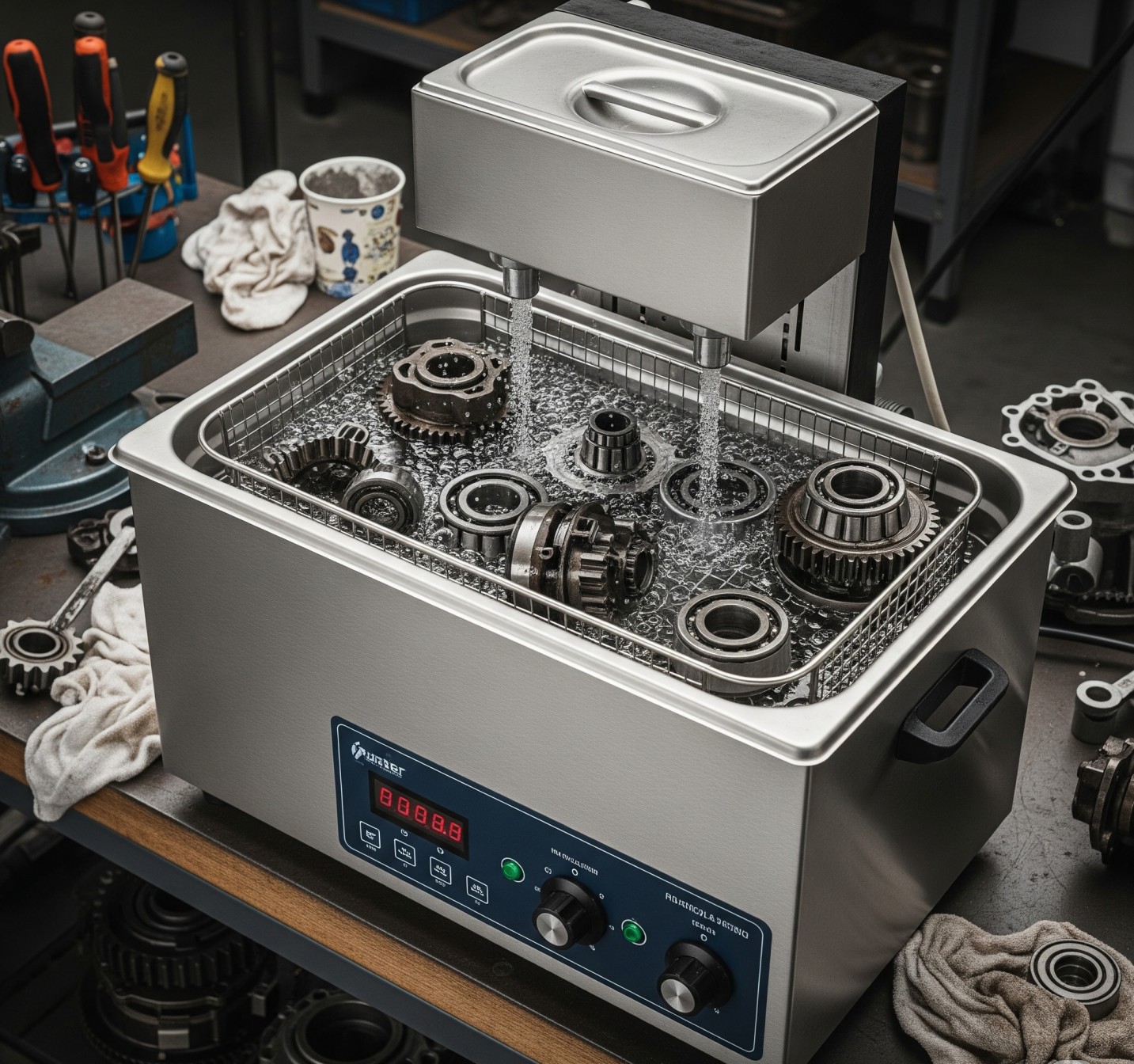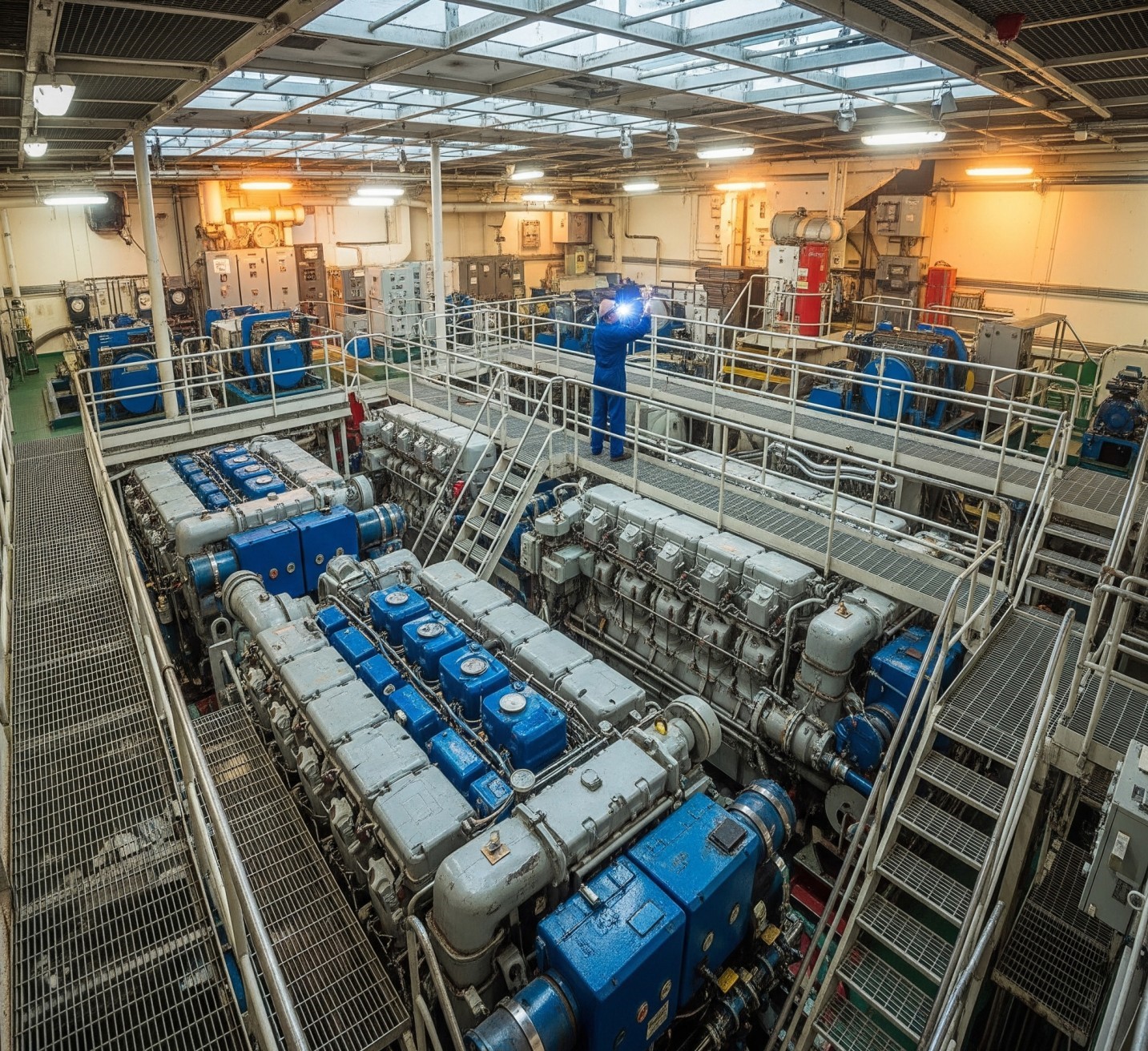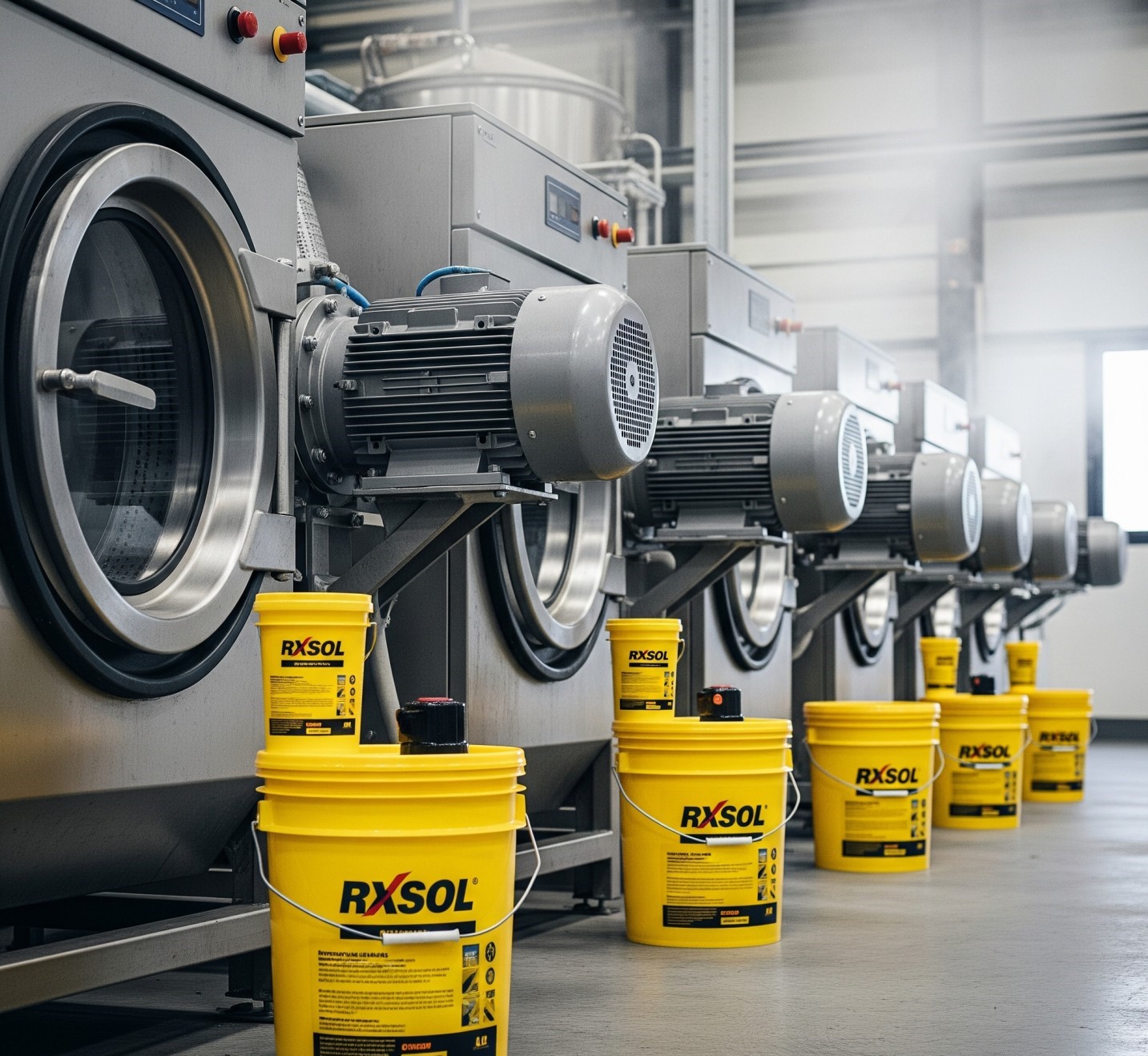Muscat chemical is one of the leading Silicon carbide (SiC) manufacturers and suppliers in Muscat Oman. We are supplied into various industrial markets including Household, Institutional Cleaning, Personal Care, and Industrial sectors including Oil fields, Agriculture, Lubricants, Marine Industry, Metal Working chemical industry, and Coatings markets.
Silicon carbide (SiC), also known as carborundum is a semiconductor containing silicon and carbon. It occurs in nature as the extremely rare mineral moissanite. Silicon carbide is used in semiconductor electronics devices that operate at high temperatures or high voltages, or both. Large single crystals of silicon carbide can be grown by the Lely method and they can be cut into gems known as synthetic moissanite.
Abrasive and cutting tools
In the arts, silicon carbide is a popular abrasive in modern lapidary due to the durability and low cost of the material. In manufacturing, it is used for its hardness in abrasive machining processes such as grinding, honing, water-jet cutting, and sandblasting. Particles of silicon carbide are laminated to paper to create sandpapers and grip tape on skateboards.
Automobile parts
Silicon-infiltrated carbon-carbon composite is used for high-performance “ceramic” brake disks, as they are able to withstand extreme temperatures. The silicon reacts with the graphite in the carbon-carbon composite to become carbon-fiber-reinforced silicon carbide (C/SiC).
Foundry crucibles
SiC is used in crucibles for holding melting metal in small and large foundry applications.
Power electronic devices
Silicon carbide is a semiconductor in research and early mass production providing advantages for fast, high-temperature, and/or high-voltage devices. The first devices available were Schottky diodes, followed by junction-gate FETs and MOSFETs for high-power switching. Bipolar transistors and thyristors are currently developed.
Heating elements
Silicon carbide offered increased operating temperatures compared with metallic heaters. Silicon carbide elements are used today in the melting of glass and non-ferrous metal, heat treatment of metals, float glass production, production of ceramics and electronics components, igniters in pilot lights for gas heaters, etc
Steel production
Silicon carbide, dissolved in a basic oxygen furnace used for making steel, acts as a fuel. The additional energy liberated allows the furnace to process more scrap with the same charge of hot metal. It can also be used to raise tap temperatures and adjust the carbon and silicon content. Silicon carbide is cheaper than a combination of ferrosilicon and carbon, produces cleaner steel and lower emissions due to low levels of trace elements, has a low gas content, and does not lower the temperature of steel.
Carborundum printmaking
Silicon carbide is used in carborundum printmaking – a collagraph printmaking technique. Carborundum grit is applied in a paste to the surface of an aluminum plate. When the paste is dry, ink is applied and trapped in its granular surface, then wiped from the bare areas of the plate. The ink plate is then printed onto paper in a rolling-bed press used for intaglio printmaking. The result is a print of painted marks embossed into the paper.
Carborundum grit is also used in stone Lithography. Its uniform particle size allows it to be used to “Grain” a stone that removes the previous image. In a similar process to sanding, coarser grit Carborundum is applied to the stone and worked with a Levigator, then gradually finer and finer grit is applied until the stone is clean. This creates a grease-sensitive surface.
Graphene production
Silicon carbide can be used in the production of graphene because of its chemical properties that promote the epitaxial production of graphene on the surface of SiC nanostructures.
When it comes to its production, silicon is used primarily as a substrate to grow graphene. But there are actually several methods that can be used to grow the graphene on the silicon carbide. The confinement-controlled sublimation (CCS) growth method consists of a SiC chip that is heated under vacuum with graphite. Then the vacuum is released very gradually to control the growth of graphene. This method yields the highest quality graphene layers. But other methods have been reported to yield the same product as well.
Silicon carbide (SiC)By Product Types
Ultra Grade
Production Grade
Research Grade
Dummy Grade
Silicon carbide (SiC) By Applications / End-User
IT
LED Lighting
automotive industry
Consumer
Others
We are trying our best to supply every chemical you may wish to buy. However, if there is something you can’t find, feel free to contact us and we will find just what you are looking for and offer you a competitive price. For more information or to request a particular product, call customer services or Given website Email address.
theomanchem@gmail.com




